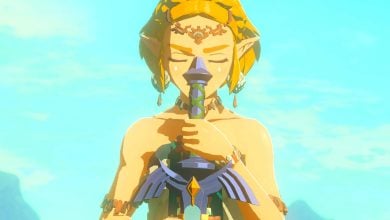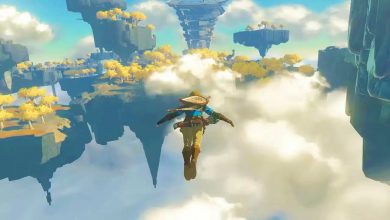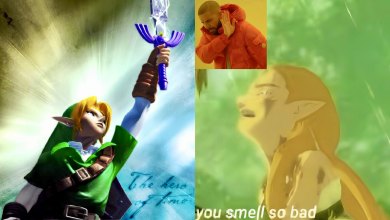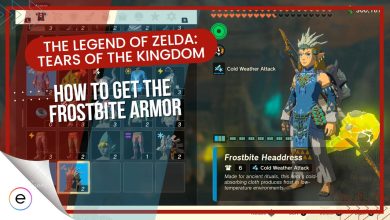The Legend of Zelda: Tears of The Kingdom Review
Overall
-
Story And Setting
-
Gameplay
-
Visuals And Performance
Verdict
With its slew of new abilities and fantastical locations, Tears of The Kingdom is a masterpiece that improves on all of BOTW’s foundations.
- Developer: Nintendo
- Publisher: Nintendo
- Release Date: May 12, 2023
- Platforms: Nintendo Switch
- Predecessor: The Legend of Zelda: Breath of the Wilds
- Tested On: Nintendo Switch
Pros
- World Brimming With Content
- New Abilities
- Improved Art Direction
- Better Enemy And Boss Variety
- Amazing Soundtrack
Cons
- Minor Performance Issues
- No Legacy Dungeons
The Zelda franchise is undoubtedly one of Nintendo’s most popular and successful IPs of all time, with almost every game bringing something new and revolutionary to the franchise.
The series has always thrived on innovation and experimentation, and The Legend Of Zelda: Tears of The Kingdom keeps that legacy going and perfects the open-world design introduced in 2017’s Breath Of The Wild.
But there are still some flaws with the game which I will discuss in more detail in the review.
Story And Setting
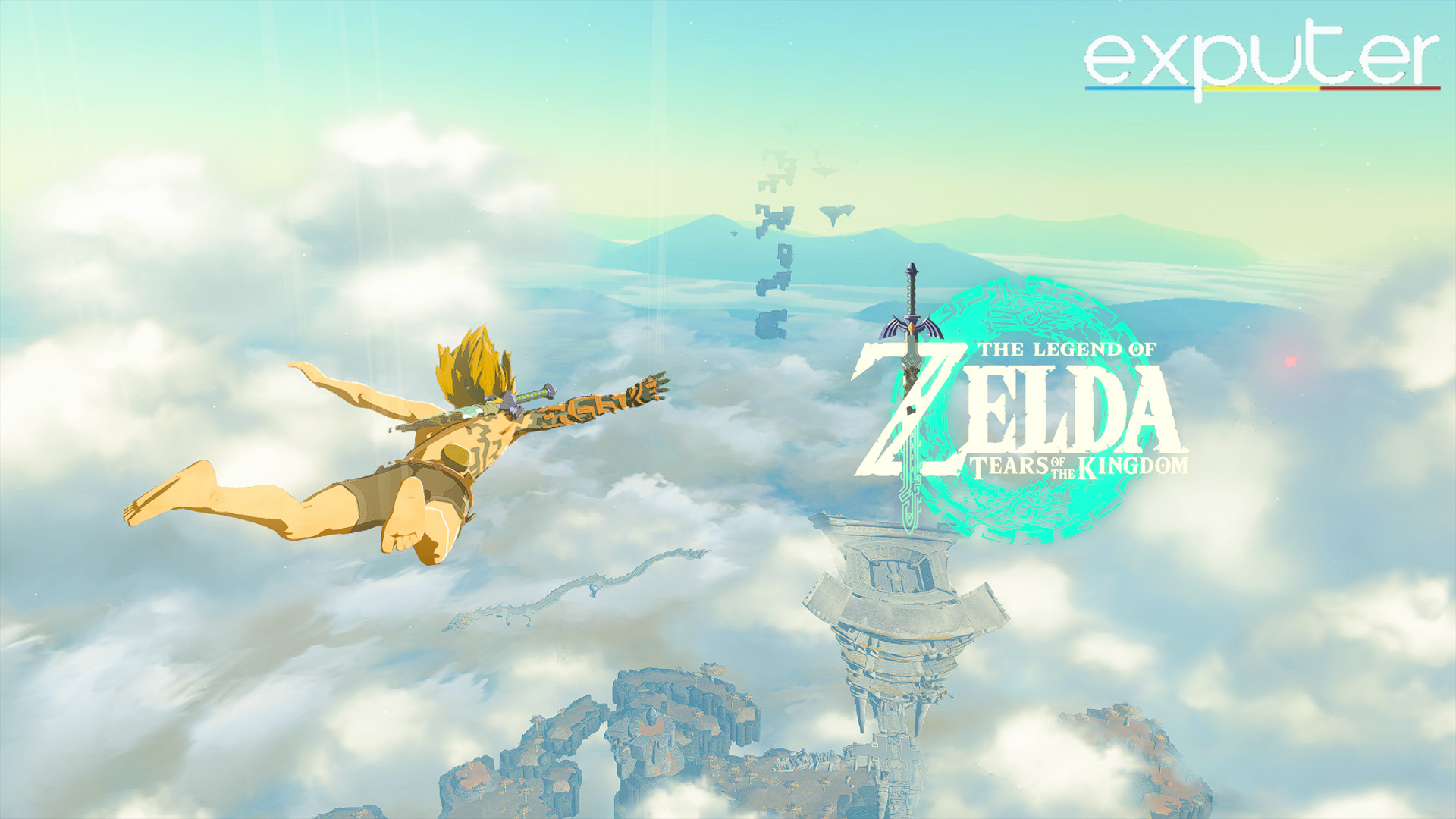
(Potential Spoilers Below)
Tears of The Kingdom is a direct sequel to Breath Of The Wild, with Ganondorf making a return as the main villain and is referred to as the Demon King during the initial hours of the game. At the start of the game, our protagonist link gets separated from Zelda and the main quest then is to save her and Hyrule from a great evil once again.
In pursuing that quest, players will forge their own paths to the final destination and the game provides all the necessary tools to let us accomplish that however we want. You’ll get to decide if you want to save other races in the world and make allies with them to fend off the final calamity together, or if you want to go about the ending in a different way.
If Breath Of The Wild was the benchmark for freedom in an open-world game, then Tears of The Kingdom sets that bar even higher.
The setting is still the Hyrule that we know and love from BOTW, but it has been revamped to perfection with the addition of all-new Sky Islands and a plethora of new traversal methods. Basically, the whole map feels a lot less empty this time around and is more fun to explore as you’ll find enemies, ruins, caves, and various other secrets hidden around every nook and cranny of the world.
Also, the size of the map is probably thrice as large as the previous one and it is brimming with content. The Sky Islands are not the only new additions to the setting of this game and there are some other surprises that are better experienced on your own. So obviously, we will not be spoiling them here, and will instead let you discover them on your own terms
Gameplay
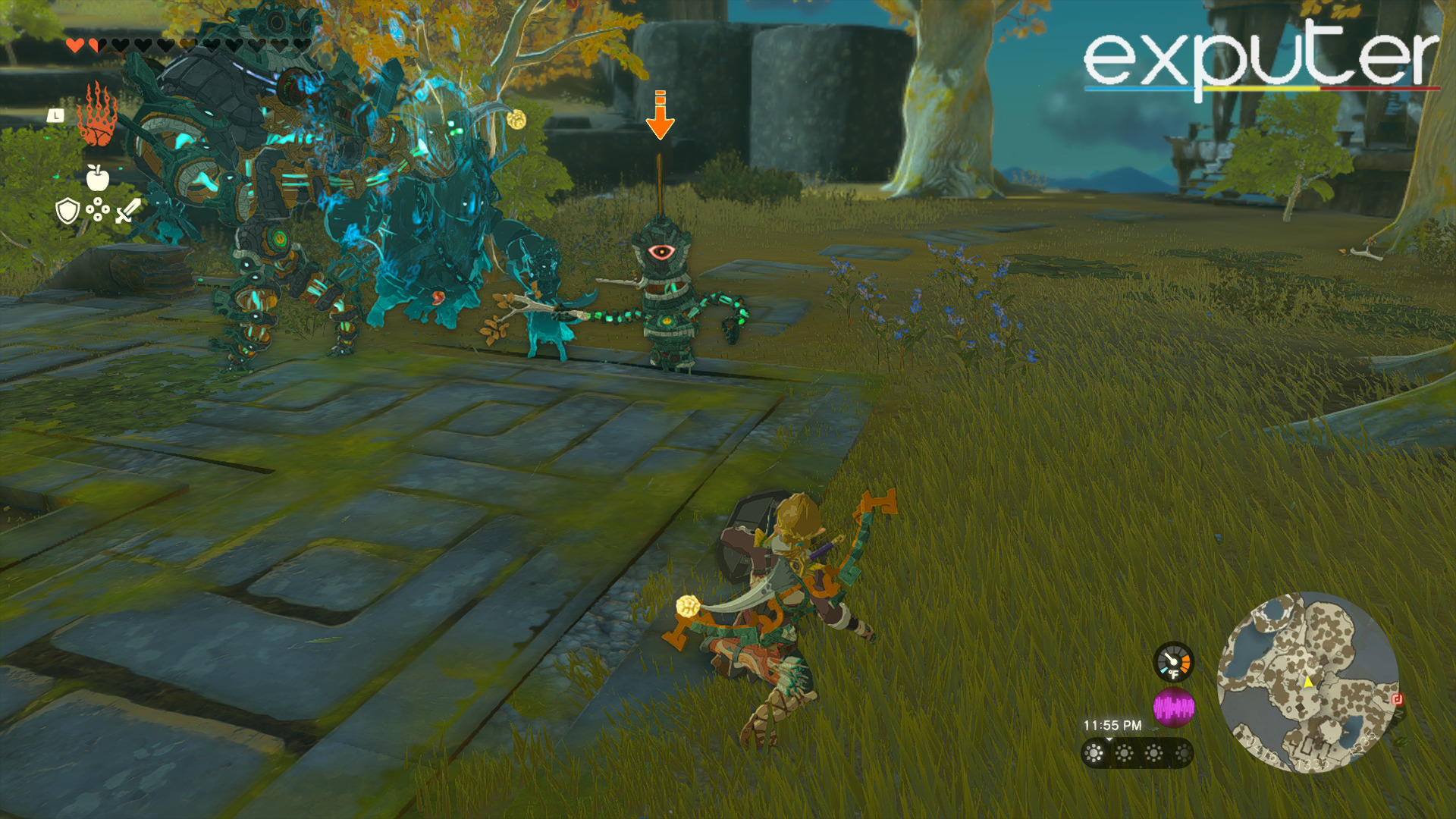
There is not much innovation present here in terms of the basic swordplay and melee combat. You still get a flurry rush on a perfect dodge, and parrying is still just as satisfying as ever. This system has not been improved in any way or form, and it is probably one of the weakest parts of the gameplay in the sense that it did not receive a revamp as every other mechanic did, which is a shame.
But with the negatives out of the way, let us discuss the highs of this game, which easily overshadow any flaws. First up are the all-new abilities that Link can utilize to manipulate everything in the environment. Similar to the Magnesis or Cryonis runes from BOTW, there are some new and improved abilities that Link can use here.
Because if Breath Of The Wild was the benchmark for freedom in an open-world game, then Tears of The Kingdom sets that bar even higher with the addition of Recall, Fuse, Ascend, and Ultrahand.
Recall allows us to send objects back in time, whether it be rocks falling from Sky Islands or the projectile attacks of Link’s enemies. This ability adds a lot of variety to both gameplay and traversal as we can use Recall on a rock to send it back to a Sky Island and ride the rock up into the sky in the process.
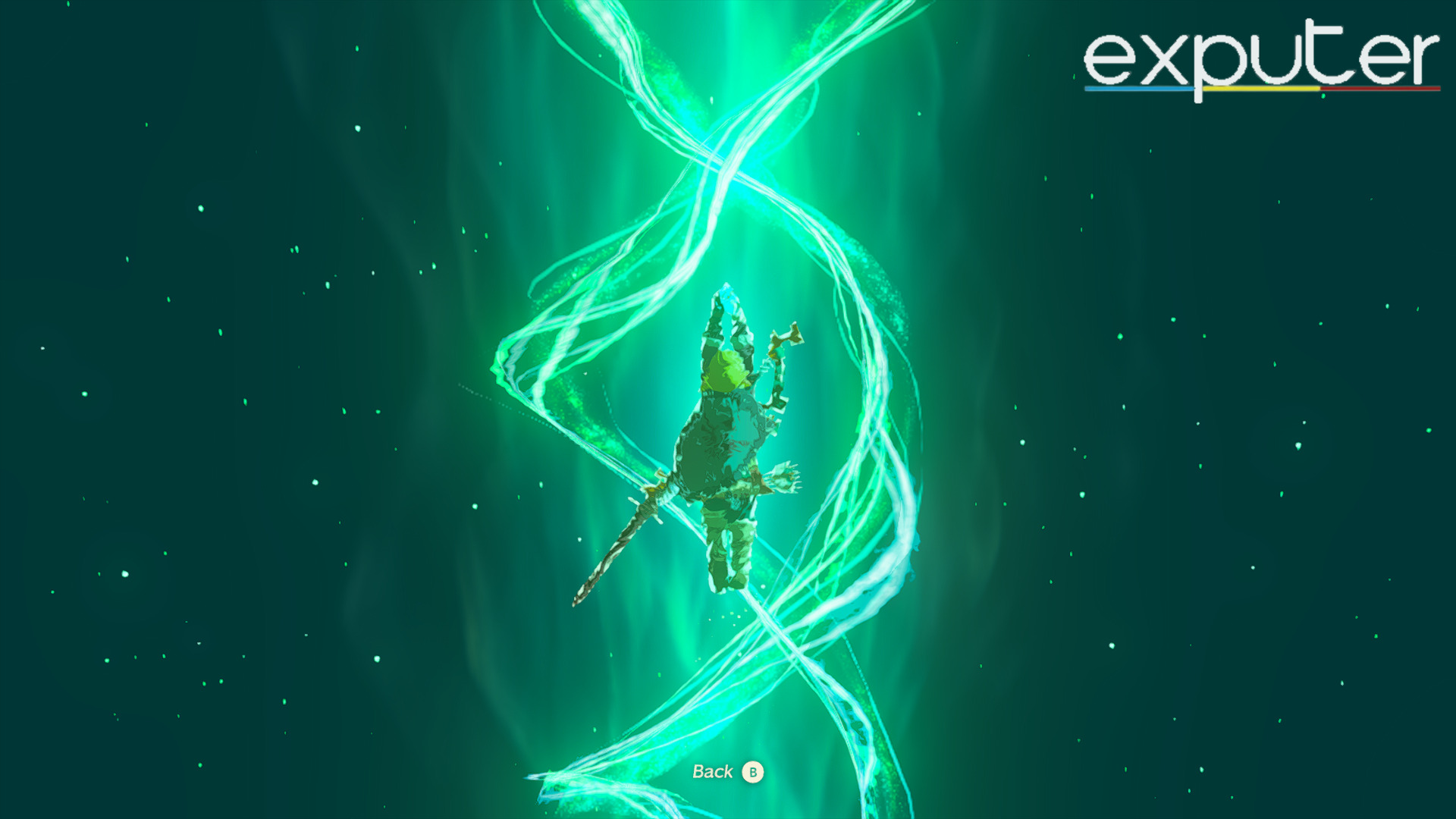
Ascend allows us to travel upwards, completely bypassing any or all barriers in our way. Some of the game’s puzzles are designed around this ability and you’ll get completely lost if you don’t depend on it to traverse the world, so it has the potential of introducing game-breaking glitches that speedrunners will most definitely utilize.
It is an ability that allows for some really creative level design in dungeons, which we all know were not all that great in the previous game. But here, Ascend allows for some really cool scenarios that would otherwise not be possible.
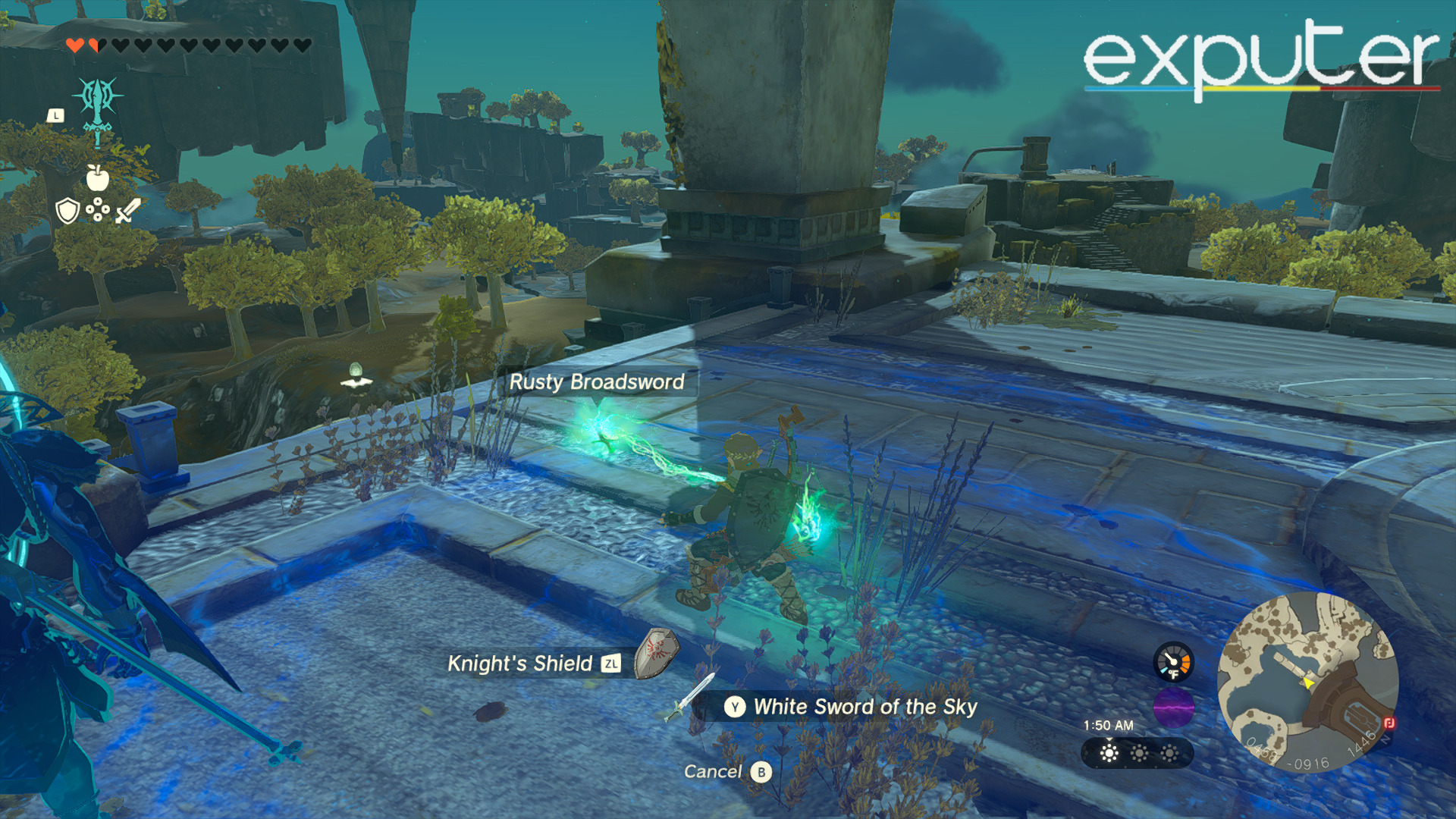
Fuse is another new addition to Link’s arsenal of abilities and it allows him to fuse two weapons or items together to create more powerful variations. However, the durability mechanic makes a return as well and every weapon that you create will have limited durability. Additionally, Fuse can be used to modify not only weapons but shields and arrows as well. Various elemental buffs can be applied to arrows, weapons can be made to deal more damage, and shields can be used to provide additional effects when hit.
Lastly, the most prominent addition in the game is definitely the Ultrahand, which has been the key highlight in almost all of the gameplay reveals shown before release. Ultrahand adds another layer of freedom to the gameplay which is definitely not possible in any other open-world game of this caliber. This ability allows you to meld various structures to create rafts, vehicles, and basically all manner of vehicles for traversal. If you can think of something, you can probably create it using the Ultrahand.
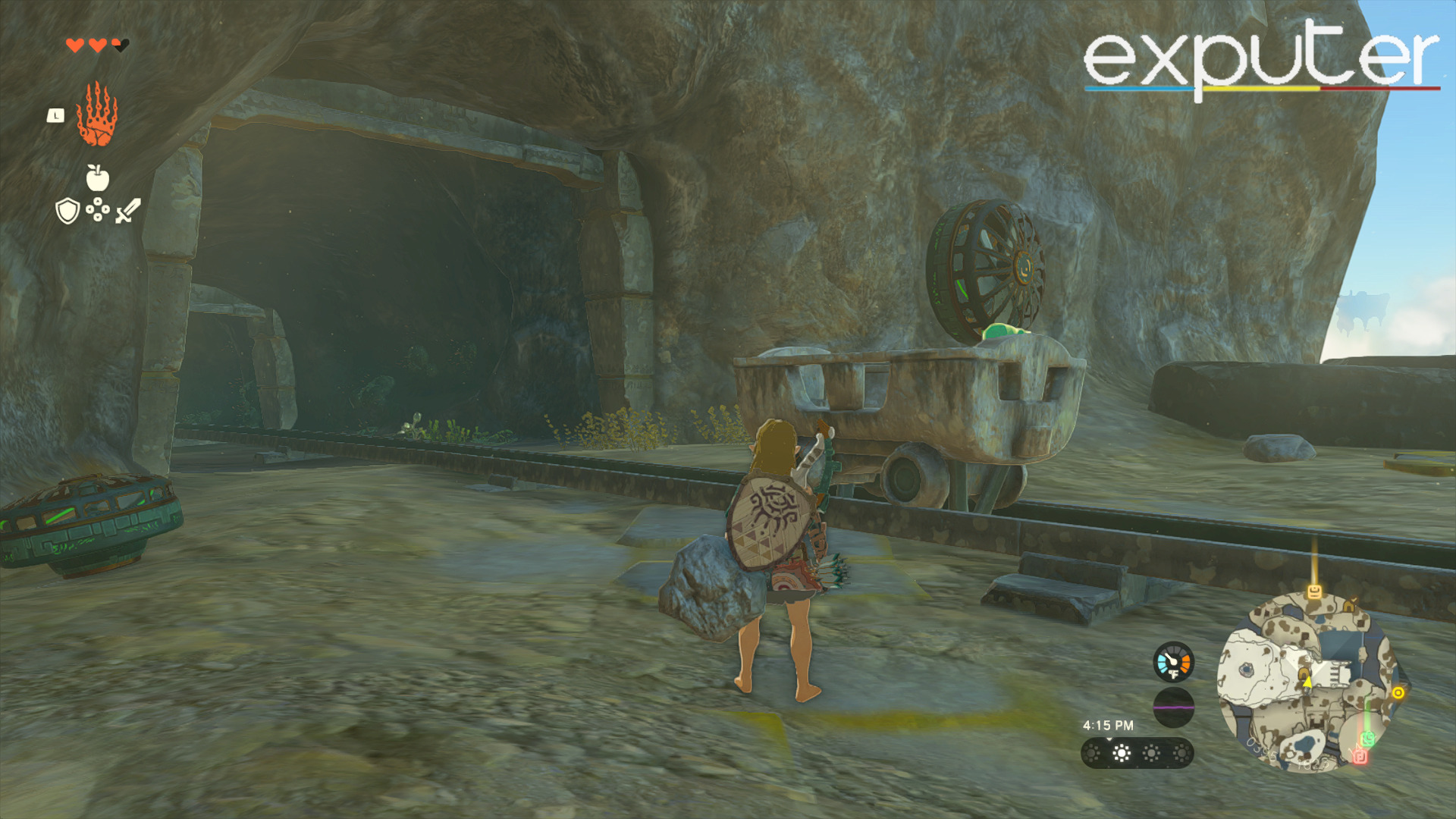
There is another great addition in the form of Zonai Devices, which include fans, rockets, wheels, flamethrowers, and various other items that you can attach to weapons and vehicles that you create. Attaching these Zonai Devices to a raft or a vehicle using the Ultrahand can allow for quick traversal around the map.
Rockets can be attached to shields using Fuse and that can be used to fly upwards or gain a quick boost in the air. There is so much room for experimentation here, and Nintendo has given you the freedom to create basically anything and everything on your journey to beat Ganondorf.
Another big complaint that fans had with BOTW has also been partly fixed in Tears of The Kingdom. The Zelda franchise is famous for its legacy dungeons filled with interesting puzzles, shortcuts connecting various levels, and unique boss fights. And BOTW basically had only a single proper legacy dungeon, and it still wasn’t as good as older games.
Tears of The Kingdom fixes that problem by introducing Temples, which act as this game’s legacy dungeons. Although these are still not on par with what made the franchise famous, they are still a huge improvement over BOTW.
The enemy and boss variety has also been enhanced in this game, and cooking is still a major mechanic, and crafting various meals to survive in the exotic environments of Hyrule is still a major part of gameplay. But you probably know how that whole thing works by now so we won’t bore you with the details.
Visuals And Performance
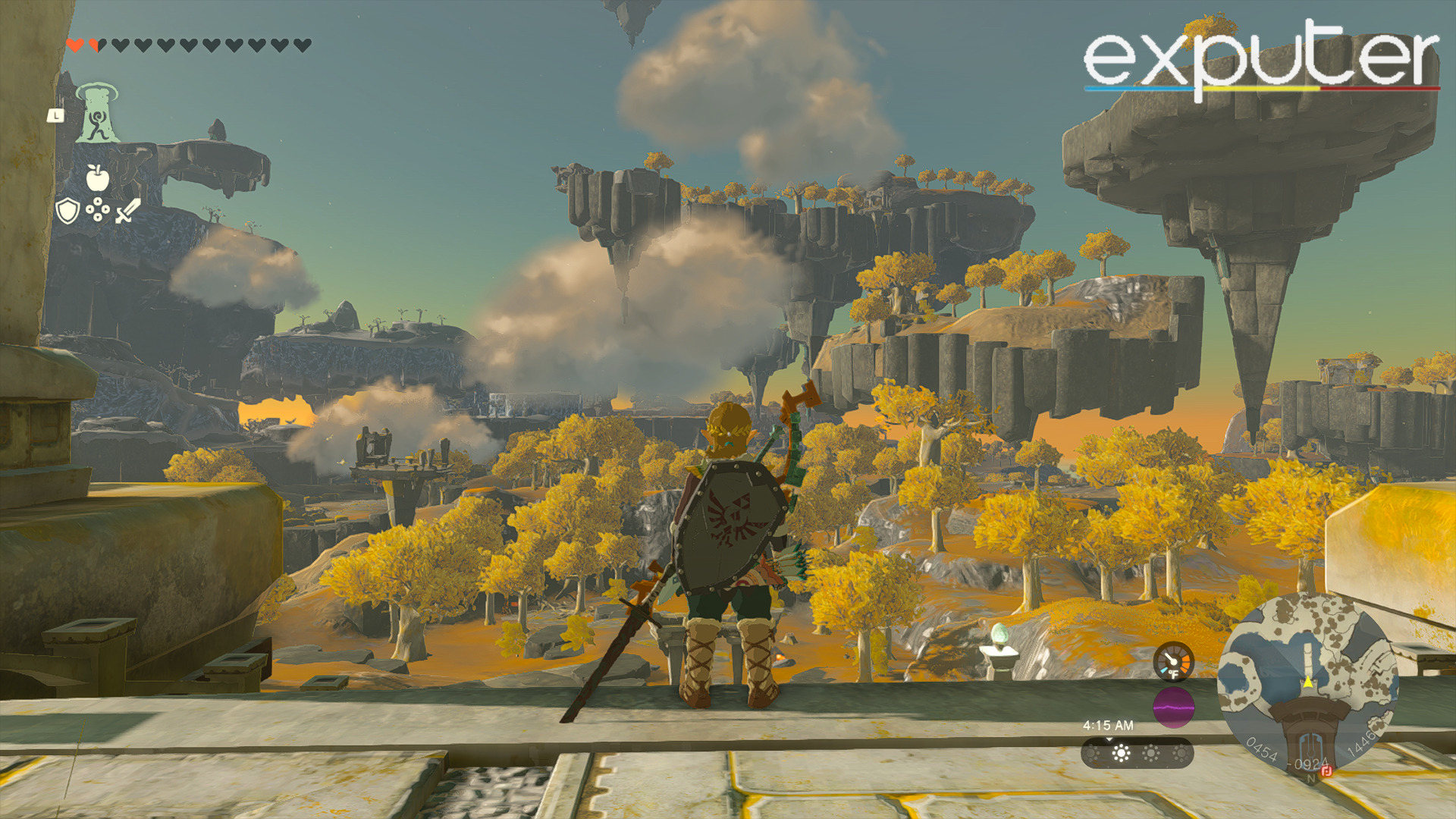
The visual art style of BOTW was already really colorful and pleasing, but Tears of The Kingdom introduces an upgrade in that department as well with even better art direction. The soundtrack also deserves a lot of praise with the main theme being an absolute banger. The Dynamic OSTs elevate the feeling of adventure during exploration, and the music kicks in during key moments to really drive the magic home.
This game has been built for the Nintendo Switch from the ground up, and unlike BOTW, utilizes the console’s capabilities to its fullest potential. Honestly, it is a miracle that a game of such scale even manages to run on Nintendo’s now-dated hardware, that too at a stable 30 FPS in most cases.
There are absolutely zero loading screens while transitioning from Sky Islands to the ground and it is all extremely impressive. There were some performance issues, but the day 1 patch has almost ironed out all of these and there are only some minor FPS hiccups left. If you’re going to get a physical copy of the game, then I highly recommend updating to the latest patch before playing.
Additionally, Nintendo has utilized AMD’s FSR technology to provide an upscaled image resolution which translates to better image quality without sacrificing any performance both in docked and handheld mode. Clearly, the game has been optimized for the Switch and there are only a few performance issues which will probably be fixed in future updates.
Verdict
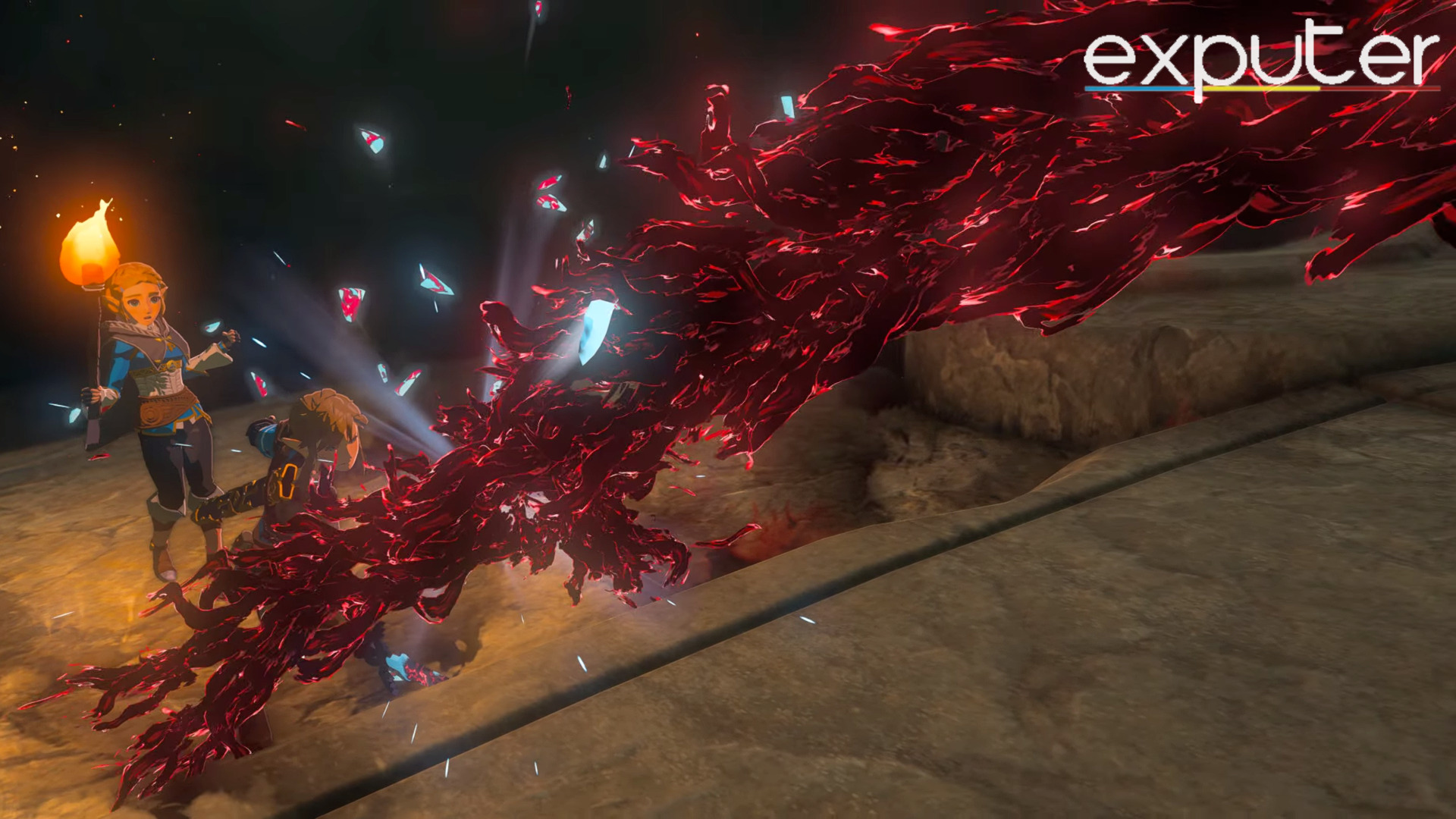
The Legend Of Zelda: Tears of The Kingdom has lived up to the hype and has exceeded all expectations, which is now a norm for the Zelda franchise at this point. The game improves on the foundations of its predecessor in every single way and provides an experience that is almost flawless.
The new Sky Islands are a sight to behold, and the new abilities at your disposal are so creative that these allow for infinite experimentation, and set an impossible bar to reach for freedom in open-world games. But aside from the new abilities, the melee combat clearly needed some form of revamp but it remains untouched in the sequel.
And I still wish that we could have gotten some of the old-gen legacy dungeons, but these are not present in Tears of The Kingdom. However, the Temples are serviceable enough and a clear improvement over BOTW. But regardless of these few minor flaws, the game is currently set to take 2023’s GOTY and break even more records.
This has been our The Legend of Zelda: Tears of The Kingdom Review. While you’re here, consider checking out some of our other articles.
- Redfall Review
- Valorant Review
- Honkai: Star Rail Review
- Star Wars Jedi: Survivor Review
- Dead Island 2 Review
- Megaman Battle Network Legacy Collection Review
Thanks! Do share your feedback with us. ⚡
How can we make this post better? Your help would be appreciated. ✍
